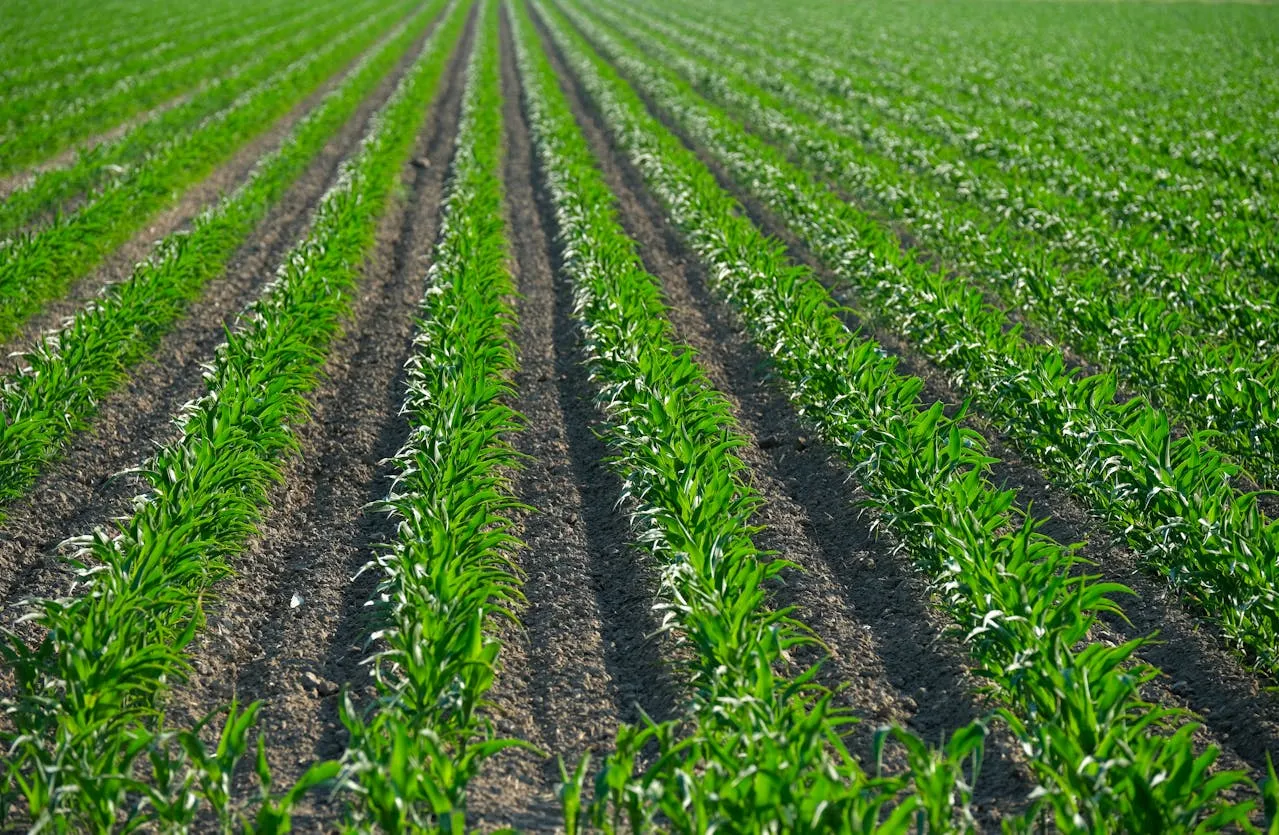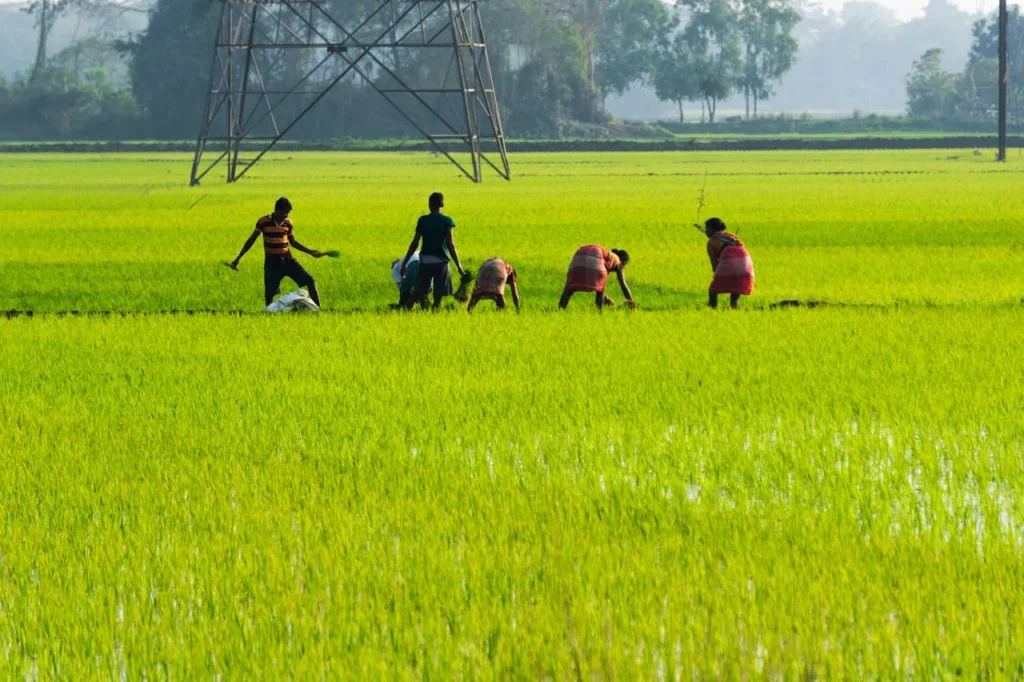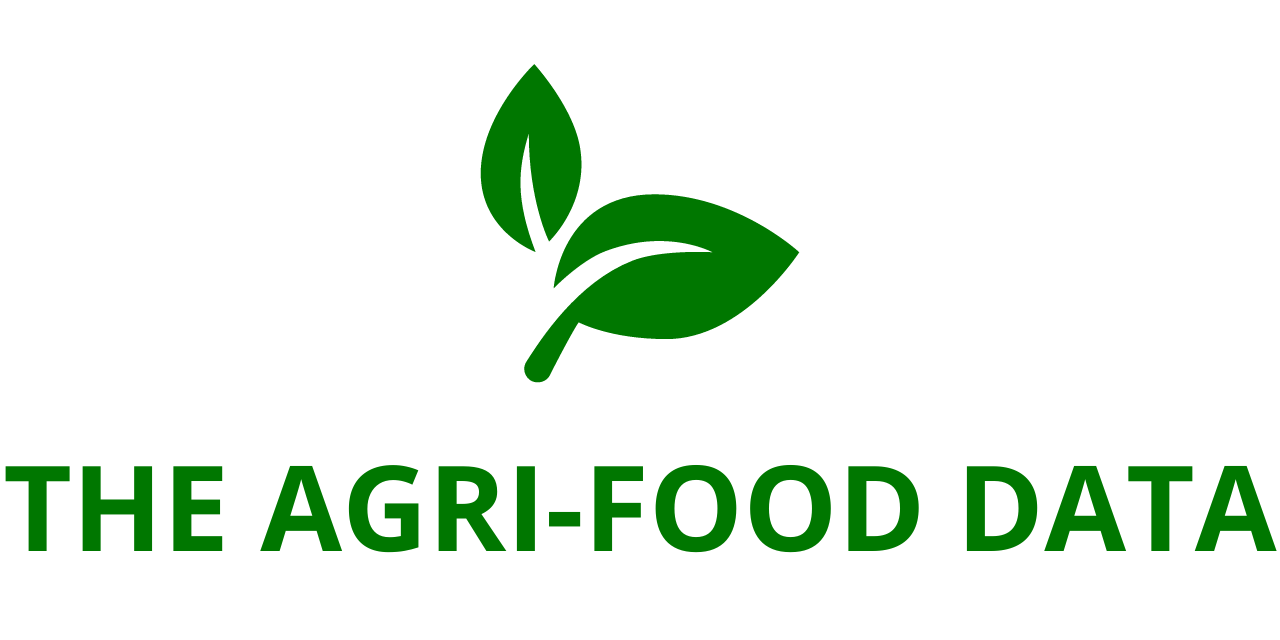
A new research report titled “Europe Precision Agriculture Market: Focus on Application, Product, and Country – Analysis and Forecast, 2024-2034” has been added to ResearchAndMarkets.com’s growing portfolio. This comprehensive study forecasts that the European precision agriculture market will grow from $3.36 billion in 2024 to $6.32 billion by 2034, reflecting a compound annual growth rate (CAGR) of 6.51% over the decade.
The market’s expansion is being fueled by a confluence of technology adoption, environmental imperatives, and supportive policy frameworks. Farmers across Europe are increasingly turning to precision agriculture tools to enhance productivity, reduce environmental impact, and cope with rising operational challenges.
Emerging Startups Driving Innovation
One of the notable dynamics reshaping the European agricultural landscape is the emergence of innovative startups dedicated to precision farming technologies. Startups such as OneSoil, GeoPard Agriculture, QZ Solutions, xFarm Technologies, and Solorrow GmbH are leveraging advanced analytics, remote sensing, and AI-powered platforms to empower farmers with better decision-making tools.
These companies are not only meeting rising market demands but are also attracting significant investment to scale operations and broaden their geographic reach. As venture capital flows into agri-tech, these startups are playing a pivotal role in accelerating the adoption of precision agriculture practices across the continent.
Strategic Benefits of the Report for Organizations
For stakeholders operating in the agriculture, agri-tech, and sustainability sectors, the report serves as a valuable resource. It offers in-depth insights into emerging technologies, market trends, policy developments, and the competitive landscape. By understanding these factors, organizations can fine-tune their go-to-market strategies, invest wisely, and gain a sustainable competitive advantage.
Moreover, the report’s granular segmentation by product, application, and country allows businesses to tailor their strategies to specific market opportunities, regulatory environments, and sustainability goals unique to different regions in Europe. From guiding strategic planning to supporting regulatory compliance, this report offers a data-driven foundation for decision-making in a complex and evolving market.
Technology Adoption and Policy Synergy
The increasing use of technologies such as IoT sensors, artificial intelligence, and data analytics in European agriculture is transforming how farms are managed. These tools allow for more precise application of inputs like water, fertilizers, and pesticides, helping farmers improve yields while minimizing waste and environmental harm.
European Union initiatives such as the Common Agricultural Policy (CAP) and the European Green Deal are also key drivers of market growth. Digital farming initiatives under CAP and eco-schemes linked to the Green Deal offer financial incentives and policy support for the adoption of digital tools and sustainable practices. These frameworks are creating favorable conditions for the widespread implementation of precision farming techniques.
The expansion of broadband infrastructure in rural areas is another enabler, helping farmers in remote locations access cloud-based platforms, real-time data, and remote support services.
Market Overview and Current Landscape
Precision agriculture in Europe encompasses a diverse suite of tools and technologies aimed at optimizing resource use and maximizing crop performance. These include satellite-guided machinery, drones, variable rate technology (VRT), GIS-based field mapping, and real-time sensor systems.
Interestingly, adoption is not limited to large commercial farms. Increasingly, small and medium-sized farms in both Western and Eastern Europe are deploying these tools to gain operational efficiencies and meet growing consumer and regulatory demands for sustainable agriculture.
The rise of equipment-as-a-service and leasing models has lowered entry barriers, allowing even smaller producers to access cutting-edge equipment without heavy upfront capital investments. As a result, precision farming is no longer a niche practice but is steadily becoming a mainstream farming approach.
Key Trends Shaping the Market
Several key trends are driving the next wave of growth in the European precision agriculture sector:
- Integration of IoT and Edge Computing: Widespread deployment of soil and nutrient sensors, combined with edge computing, is enabling real-time, localized decision-making without the need for constant cloud connectivity.
- AI-Driven Predictive Analytics: Machine learning models are being used to forecast yields, detect pests and diseases early, and predict optimal harvest windows, enhancing farm profitability and resilience.
- Drone and Satellite Imaging: Advanced aerial imagery is being used to guide variable-rate input application, reducing input waste and increasing land productivity.
- Data Interoperability: Platforms enabling seamless data exchange across equipment and systems are encouraging cross-sector collaboration in the agri-food supply chain.

Market Drivers
The European precision agriculture market is benefiting from a number of strong growth drivers:
- Environmental Sustainability: Policy mandates and consumer expectations are pushing farms to reduce their carbon footprint and improve water and nutrient efficiency.
- Labor Challenges: Rising labor costs and a shortage of skilled farm workers are prompting automation and remote monitoring solutions.
- Digital Incentives: Subsidies, grants, and infrastructure investments under the CAP and other EU programs are making advanced technologies more accessible.
- Food Traceability: The growing demand for transparent and traceable food production systems is encouraging farmers to adopt digital tracking tools.
Challenges to Market Expansion
Despite these promising developments, several hurdles remain:
- High Initial Costs: Advanced equipment and sensor networks require significant investment, which can deter adoption, especially among smaller farms.
- Connectivity Issues: Many rural areas still lack reliable high-speed internet, limiting the functionality of connected devices and cloud-based analytics tools.
- Regulatory Fragmentation: Varying rules around equipment certification, environmental schemes, and data privacy across EU member states complicate the deployment of standardized solutions.
- Digital Literacy Gaps: Many traditional farmers lack the skills to operate or interpret digital systems effectively, highlighting the need for training and advisory services.
Looking Ahead: Key Opportunities
As the precision agriculture market in Europe matures, there will be increasing opportunities in:
- Training and Extension Services: Bridging the knowledge gap through farmer education and support programs will be vital.
- Standardization Initiatives: Developing interoperable data standards and EU-wide certification frameworks will streamline technology deployment.
- Edge Computing and Decentralized Analytics: These will reduce dependency on internet bandwidth, enabling real-time insights in low-connectivity areas.
Report Insights and Competitive Analysis
The report answers several key strategic questions, including:
- What is the projected size of the European precision agriculture market through 2027 and 2034?
- What revenue potential exists for software platforms, hardware solutions, and support services?
- Which technologies—such as guidance systems, variable-rate applications, and data intelligence—will dominate market share?
- What are the leading applications by market value—precision irrigation, spraying, fertilization, or data management?
- Who are the key players, and how do their offerings and regional strategies compare?
By analyzing recent product launches, partnerships, and market presence, the report provides a comprehensive look at how major stakeholders are positioning themselves to capitalize on the market’s growth potential.
In summary, the European precision agriculture market is on a strong growth trajectory, bolstered by technological innovation, environmental imperatives, and supportive policy. While challenges remain, the combination of digital transformation and sustainability goals presents a promising future for the region’s agricultural sector.
Let me know if you’d like a summary version or if you want this formatted for publication (blog post, press release, etc.).





